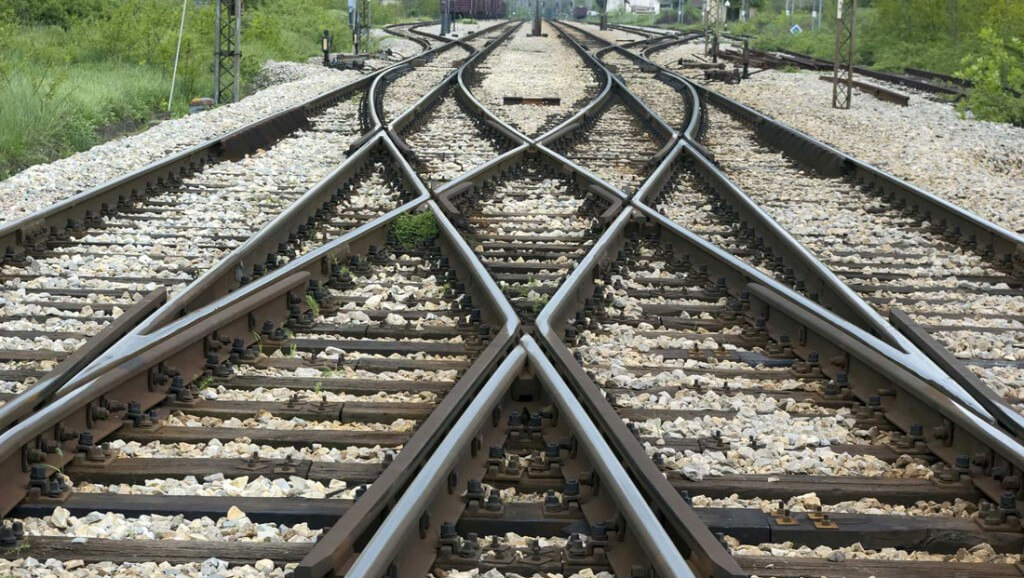
In a previous blog we looked at features of a luxury hotel website which help to increase direct bookings; for example speed or mobile design.
NB: This is an article from ARO Digital Strategy
In this blog I’m going to look at the various booking channels available to a hotel and the costs associated with them and see how the revenue from the direct book channel can be maximised. As a start, let’s look at the different channels which are available to hotels.
Subscribe to our weekly newsletter and stay up to date
I’ve already mentioned direct booking and to be clear that means bookings which come via the hotel website Internet booking engine (IBE).
For many hotels the channel which drives the most bookings is the online travel agents (OTAs) – I’m talking here about websites such as booking.com and hotels.com. Other routes to booking are via travel agents who would usually use the GDS system; tour operators who tend to book groups; the corporate channel and also customers phoning or emailing the hotel directly.
There are probably people who simply walk into a hotel reception and ask for a room however in terms of volume bookings I’m going to discount those.
Each of these channels has a different cost associated with it and they all reduce the actual revenue which the hotel receives from a room booking.
The OTAs charge anywhere between 15 to 18% of the booking price and it’s critical to note that this cost is borne by the hotel not by the customer who is booking. Typically, for GDS, the commission will be 13%, tour operator 10% and corporate bookings attract a discount dependent on the arrangement between the company and the hotel – 15 to 20% would be common.
The direct phone or email route appears to be free but of course it isn’t as it requires both office stuff and infrastructure – salaries are most businesses biggest cost.
It also has a major drawback in that unless the phones and emails are answered 24 hours a day a hotel is potentially missing out on significant bookings.
A hotel’s own Internet booking engine might attract a commission of around 3% per booking or maybe a fixed fee. In our experience IBEs engines which charge no commission are so poor as to be pointless.
We have no doubt that direct booking is the lowest cost channel of acquisition and is open 24 hours a day everyday.
There are other advantages as well.
For example, you receive all the details of direct booking clients which you can keep in your database or CRM allowing you to market special offers or upsells prior to a guest’s stay.
Furthermore our own research has shown that customers who book direct stay on average for more room nights and have a higher discretionary spend once in the hotel – double that of tour guests.
So let’s recap. Direct booking is:
- the lowest cost channel of acquisition
- is always open
- delivers great to in stay revenue from guests
- allows you to develop loyal clients who will rebook
Having a great website and IBE will bring you more revenue with lower costs and will help to shift traffic away from the OTAs. But what about the other channels?
In our book direct strategy, we go a step further and map out how many rooms are being sold via each channel across the year.
Using your typical occupancy rates and ADR it is possible to see what difference it makes if you shift say 10% of your rooms in the high season from tour operators to direct.
You would be astonished at the increase in revenue it provides. So much so that one of our clients, Ballynahinch Castle, decided to move a block of rooms which were booked with tour operators in the summer to the direct channel.
This is a great example of what we mean when we talk about maximising online growth for luxury independent hotels.




